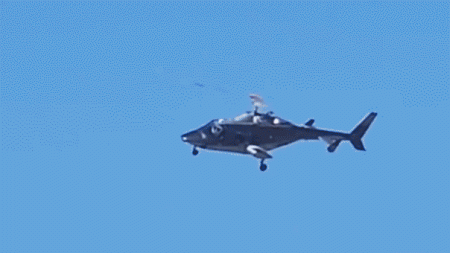The ongoing saga of unidentified drone sightings over New Jersey has sparked confusion, concern, and calls for greater transparency and action from the federal government. While the White House maintains that there is no evidence of a national security or public safety threat, nor any foreign nexus, the lack of concrete information regarding the origin and purpose of these drones has fueled speculation and frustration among lawmakers and the public alike. The administration’s assertion that many of the sightings are likely misidentified manned aircraft, based on sophisticated electronic detection technology, contrasts sharply with eyewitness accounts and the ongoing investigations by the Department of Homeland Security, the FBI, and state and local law enforcement. This discrepancy underlines a growing distrust in the official narrative and raises questions about the government’s ability to effectively monitor and address potential threats posed by unmanned aerial systems (UAS).
The White House’s response, articulated by National Security Communications Adviser John Kirby, has been characterized by some as deflecting responsibility. Kirby’s emphasis on the need for Congress to expand existing counter-drone authorities suggests that current legislation is insufficient to address the challenge posed by these unidentified aircraft. While acknowledging the potential threat posed by UAS, the administration’s assertion that no malicious activity has been detected offers little reassurance in the face of persistent reports of drones operating near sensitive locations, including military installations and critical infrastructure. This perceived inaction has prompted criticism from lawmakers like Senator Richard Blumenthal, who has called for more aggressive action and greater transparency from the Biden administration. The demand for information regarding the ownership, operation, and purpose of these drones reflects a broader concern about the government’s capacity to protect national security and ensure public safety in an era of increasingly sophisticated drone technology.
Former DHS Assistant Secretary Brian Harrell further criticized the administration’s handling of the situation, arguing that it represents a missed opportunity to build public trust. He suggests that the government possesses the necessary tools and radar capabilities to identify and track these drones, raising questions about why more definitive information has not been forthcoming. Harrell’s speculation that the drones might be part of government or contractor testing activities adds another layer of complexity to the situation, highlighting the potential for clandestine operations to contribute to public unease and erode confidence in official explanations. The lack of transparency surrounding these potential activities further fuels speculation and underscores the need for clear communication and accountability from the government.
The reports of drone activity in proximity to sensitive locations, including the Picatinny Arsenal, a military research and manufacturing facility, and Joint Base McGuire-Dix-Lakehurst, raise legitimate national security concerns. Representative Chris Smith’s account of drones trailing a Coast Guard lifeboat near Barnegat Light and Island Beach State Park, along with reports of drones near President Trump’s golf course in Bedminster, further amplify these concerns. The apparent inability or unwillingness of the Department of Defense to authorize the shooting down and retrieval of these drones for analysis, as reported by Smith, underscores the limitations of current counter-drone authorities and the urgent need for legislative action to address these gaps.
The FBI’s admission, during a congressional hearing, that they do not know who is responsible for the drones adds to the sense of uncertainty and raises questions about the effectiveness of ongoing investigations. While New Jersey Governor Phil Murphy and law enforcement officials have downplayed the threat to public safety, the continued sightings and the FBI’s request for public assistance in gathering information suggest a more complex and potentially concerning situation. The call for stricter regulations regarding drone operations by state and municipal lawmakers reflects a growing recognition of the need for enhanced oversight and control over UAS, particularly in light of the ongoing mystery surrounding the New Jersey drone sightings.
The confluence of unexplained drone activity, official denials of any threat, and calls for increased counter-drone authorities creates a climate of uncertainty and underscores the need for a more comprehensive and transparent approach to managing the evolving challenges posed by UAS. The New Jersey drone saga serves as a compelling case study highlighting the complexities of regulating drone technology, balancing national security concerns with individual privacy rights, and maintaining public trust in an era of rapidly advancing technological capabilities. The ongoing investigation and the resulting legislative actions will likely shape the future of drone regulation and oversight, not only in New Jersey but across the nation.











